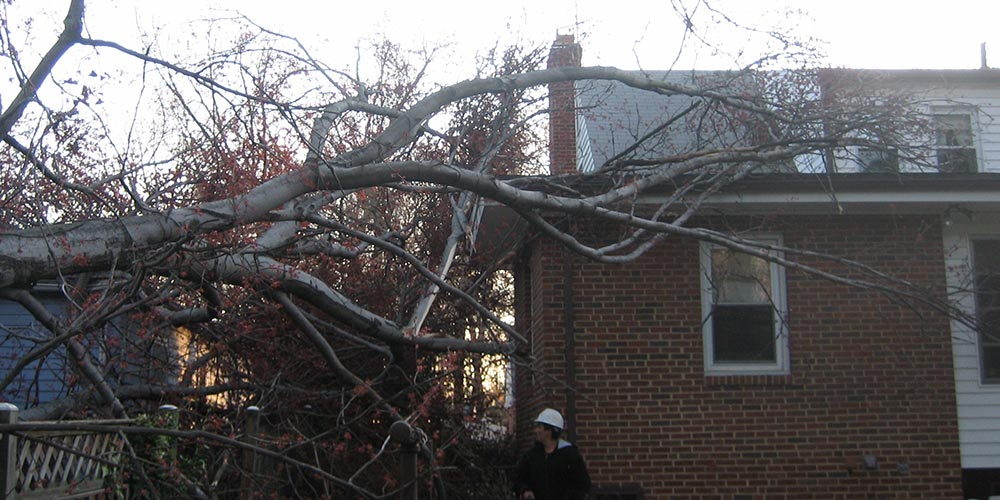
How to Choose the Right Tree for Your Landscape
Trees give you a lifetime of clean air, beauty shelter, and shade. In case you are looking for trees to plant on your landscape or want to enhance what you have; this article will help you.
No matter what kind you choose, you can always hire tree services to prune or trim it for you. Among the best ways to narrow down the choices you have is to know why you want trees in your design, and this will help you determine what you are looking for.
Read this article to gain more knowledge before deciding.
The function of the Tree
Different trees have several functions. For instance, deciduous shade trees help to cool homes during summer and let the winter sun heat homes when their leaves fall off, while evergreens provide a windbreak or screen privacy. The fruit trees can provide food for wildlife or owner. A tree arborist help homeowners choose the right tree according to the landscape and function.
Canopy
When you are picking a shade tree, you must consider what the canopy is like. A canopy is the layer of branches and leaves covering the brand when you look at them from above. Are you planning to have a dappled, dense, or light shade? How does the canopy combine with the nearby tree canopies? The canopy that was formed can change the function of your outdoor space. You must consider buildings or structures which may be conflicted by the canopy.
Size and Form
Choosing the right shape that complements the desired function can specifically lessen maintenance and increase the value of trees in your landscape. Aside from that, normally mature trees give the greatest environmental and economic returns.
The hundreds of size and form combinations are there so that homeowners can choose. The low spreading trees can be planted under utility lines, and a tall, narrow evergreen provides a screen.
Debris
Even the debris from a tree has implications on how you use the backyard. Some trees have fragile tips, slender, to their branches which come down in the lightest wind. There are seeds, trees, fruits, or nuts that drop. Some of them are sharp, which makes them uncomfortable to walk on, while others create debris that needs to be frequently cleaned.
Budget
A 3-inch caliper tree is a lot more expensive compared to the 1-inch one, and you can start from there. You need to decide how much you are willing to spend.
Landscape Size
The 3-inch one has more presence in your landscape. The 1-inch one will not initially have a lot of impact. You need to be patient about this.
Transport
The 3-inch tree is heavy. You will be unable to pick it up using your hand. Maybe you can solve it with some effort, but you must handle it with a machine and needs a large truck to transport it. You can use your hand to lift and transport a 1-inch tree.
Quality Characteristics
A good and high-quality tree will have well-spaced branches and straight trunk. The exposed trunk will not have wounds or damage. In addition, the root system grows straight out from the tree trunk.
Do not choose a tree that has a weak form, with a wounded trunk, and limited, crushed roots.
When you want to have your tree pruned, you can find an arborist MD right away.
